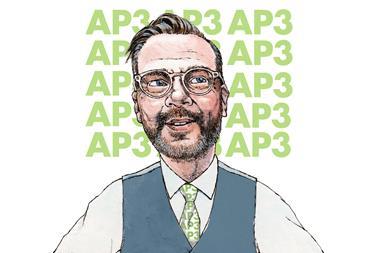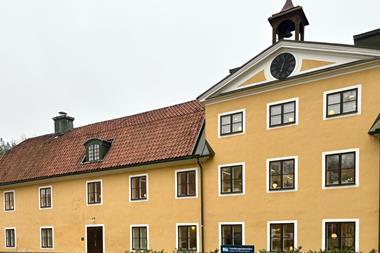Despite relatively strong investment returns last year, both Swedish and Finnish pension investors ended 2023 in the red in real terms, with inflation in the two Nordic countries having remained higher than was the case in other countries, according to a new international comparison.
A study by the Finnish Centre for Pensions (ETK) comparing the returns of key pension investors in the Nordic countries as well as Japan, the US, the Netherlands and other countries, shows that though Finnish pension investors achieved an average nominal investment return of 6% in 2023, in real terms this dropped to -0.2% when inflation as an average for the entire year was applied.
Sweden was the only other country in the study where pension investors suffered negative real returns, with those results standing at -1.2% on average, according to the study published on Monday by ETK, which is the central body of the country’s statutory earnings-related pension system.
Mika Vidlund, ETK’s liaison manager, said: “The nominal return was much better in 2023 than in 2022. But inflation was higher in Finland in 2023 than in many other countries, which clearly weakened the real return of Finnish pension investors.”
However, he said, things were going in a “good” direction for Finnish pension investors.
“Inflation dropped clearly in 2023, and after a weak year in 2022, the stock market was strong in 2023, particularly during the last quarter of the year,” Vidlund said.
In 2022, the average real return in Finland for pension investors had been negative to the tune of 11.5%, according to ETK.
The 2023 real return figure differs from the number reported yesterday by TELA, the Finnish pensions lobby group, for the 2023 average real return in the earnings-related pension system – a positive 2.6%.
This difference is partly because TELA used the December year-on-year inflation rate, whereas the ETK study instead applied the annual average as the inflation rate. But it is also because TELA’s data covers all pension investors – including several company and industry-wide funds – while ETK’s comparison includes only the eight largest Finnish earnings-related pension insurers.
ETK originally decided to use average rather than year-end inflation in its international comparisons of pension investor returns back in 2018 because some investors followed a different financial year from the calendar year, Vidlund told IPE, but he added that there were other advantages to the average measure.
“In general, the average annual inflation rate provides a stable and complete picture of the impact of inflation on the economy throughout the year,” he said.
Average annual inflation in Sweden and Finland was 8.55% and 6.25%, respectively, in 2023 – significantly higher rates than the year-end annual inflation figures for the two countries of 4.39% and 3.60%, according to data included in the ETK study.
Read the digital edition of IPE’s latest magazine
























